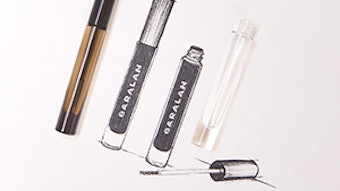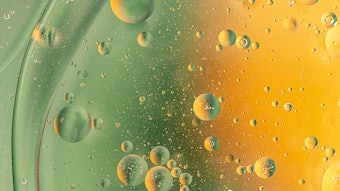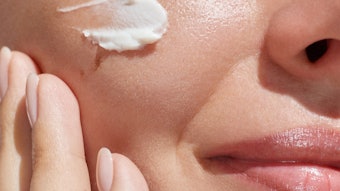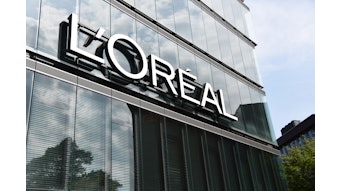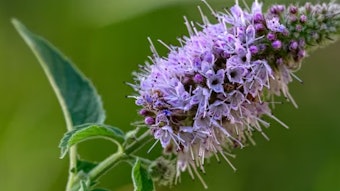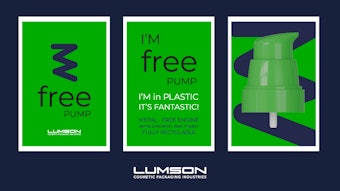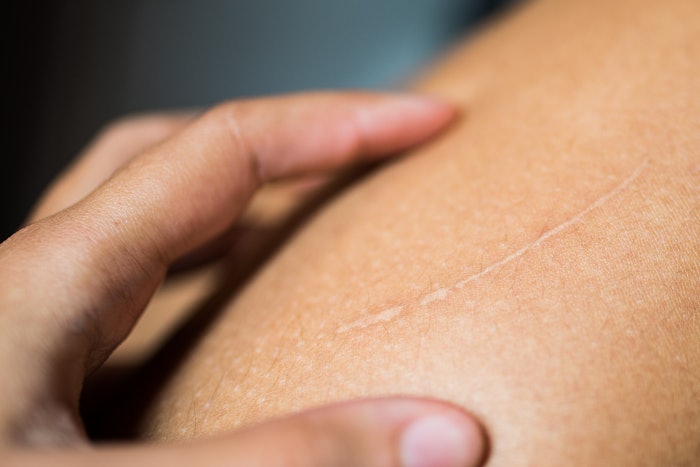
A preclinical study published on July 2, 2025, in Science Translational Medicine has identified a key molecular mechanism behind oral wound healing that could revolutionize skin wound healing.
Oral Mucosa vs. Skin Wound Healing
Researchers from Cedars‑Sinai, Stanford Medicine and UCSF compared healing in mouse oral mucosa — where wounds close rapidly and are generally scar-free — with skin, where healing is slower and often leaves scars.
Experiments uncovered a signaling axis involving GAS6 (growth arrest specific-6) and its receptor AXL (angiotoxin receptor-like), which suppresses the activation of FAK (focal adhesion kinase) — a kinase linked to fibrosis.
Key findings were:
- Blocking AXL in oral wounds inhibited rapid healing and led to scarring.
- Activating AXL in skin wounds mimicked oral healing, reducing fibrosis and improving tissue regeneration.
Targeting GAS-6-AXL to Enhance Healing
These results suggest that therapeutically targeting the GAS6–AXL pathway could enhance skin wound repair, potentially reducing scar formation in cosmetic and therapeutic applications.
While promising, the research remains in the preclinical stage, and human studies are needed to evaluate safety and efficacy.

